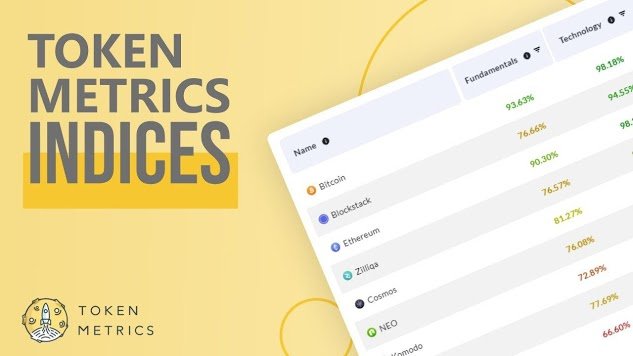IBM’s Power11 enterprise servers address a persistent challenge in enterprise computing: how to deploy AI workloads without compromising the rock-solid reliability that mission-critical applications demand. Announced on July 8, 2025, the Power11 reflects IBM’s bet that enterprises will prioritise integrated solutions over the current patchwork of specialised AI hardware and traditional servers that many organisations currently manage.
Understanding the core innovation
Power11 enterprise servers are designed around the premise that businesses cannot afford downtime. The system promises “99.9999% uptime” – a figure that translates to less than 32 seconds of unplanned downtime per year.
This represents what IBM calls “the most resilient server in the history of the IBM Power platform.” For non-technical readers, this level of reliability means that critical business applications – from banking transactions to healthcare records – can operate continuously without interruption.
The zero-planned downtime feature allows system maintenance, updates, and patches while applications continue running, eliminating the traditional maintenance windows that typically require taking systems offline.
AI integration made practical
The servers include on-chip acceleration for AI inference – the process of using trained AI models to make predictions or decisions in real-time business scenarios.
The system will support IBM’s upcoming Spyre Accelerator, a specialised chip designed for AI-intensive workloads, expected in Q4 2025. The combination should allow organisations to run AI applications alongside traditional workloads without requiring separate infrastructure investments.
Performance and efficiency gains
The technical specifications show improvement over previous generations, with up to 55% better core performance compared to Power9 systems and up to 45% more capacity than Power10 systems, according to the company’s own metrics, with the ensuing energy efficiency representing another benefit.
The servers deliver twice the performance per watt compared to comparable x86 servers and up to 28% better server efficiency when using the new Energy Efficient Mode versus Maximum Performance Mode.
Security and cyber resilience
The integrated IBM Power Cyber Vault solution addresses growing cybersecurity concerns within a minute of ransomware detection. The system automatically captures, stores, and tests immutable snapshots of data on a custom-defined schedule, helping protect against data corruption and encryption attacks.
The servers also incorporate NIST-approved quantum-safe cryptography, preparing organisations for future threats by protecting against “harvest-now, decrypt-later” attacks.
Organisations in the banking, healthcare, retail, and government sectors have traditionally relied on IBM Power systems for mission-critical workloads.
Market context and critical assessment
Power11 is available in high-end, mid-range, and entry-level servers, and IBM Power Virtual Server in IBM Cloud provides deployment flexibility, the company says. Integration with Red Hat OpenShift AI and the open-source ecosystem will be important to adoption.
The pricing and total cost of ownership details remain undisclosed, which remain factors in enterprise decision-making. Plus, the actual performance of the promised AI capabilities and zero-downtime features will need validation.
Availability and future outlook
IBM Power11 will be generally available July 25, 2025, with the IBM Spyre Accelerator following in Q4 2025. The company also plans to make watsonx.data, its hybrid data lakehouse solution, available on Power11 by the end of 2025.
The enterprise server market remains competitive, with organisations increasingly focused on systems that can handle both traditional workloads and AI applications. IBM’s approach of integrating both capabilities into a single platform addresses a genuine market need, though success will ultimately depend on execution and market adoption.
For enterprise IT decision-makers, the Power11 represents IBM’s attempt to consolidate traditional reliability requirements with the emergence of AI workloads.
See also: Power play: Can the grid cope with AI’s growing appetite?






